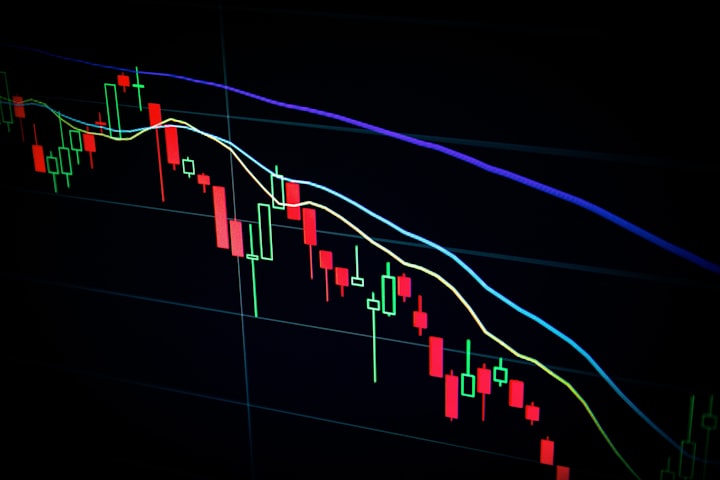The Art of Intermediate Trading
Navigating the Markets with Skill and Precision

Introduction
Intermediate trading is an art that requires skill, knowledge, and a deep understanding of the financial markets. It lies between the realms of beginner and advanced trading, providing traders with a platform to enhance their expertise and strive for consistent profitability. This essay explores the essential aspects of intermediate trading, including market analysis, risk management, and effective trading strategies, highlighting the significance of continuous learning and adaptation in achieving success. By mastering the techniques discussed herein, intermediate traders can navigate the markets with precision, making informed decisions and optimizing their trading performance.
I. Market Analysis
One of the cornerstones of intermediate trading is the ability to analyze the financial markets effectively. Traders must develop a comprehensive understanding of fundamental and technical analysis techniques to identify potential trading opportunities. Fundamental analysis involves examining economic indicators, company financials, and geopolitical factors that influence market movements. Technical analysis, on the other hand, focuses on studying price charts, patterns, and indicators to forecast future price movements.
II. Risk Management
Intermediate traders must prioritize risk management to protect their capital and ensure long-term success. They employ various risk management techniques, such as setting appropriate stop-loss orders, determining position sizes based on risk-reward ratios, and diversifying their portfolios. Furthermore, intermediate traders must also have a clear understanding of their risk tolerance and emotional resilience to make rational decisions during periods of market volatility.
III. Trading Strategies
Developing and implementing effective trading strategies is essential for intermediate traders to consistently profit from the markets. Some commonly used strategies include trend following, range trading, breakout trading, and mean reversion. Traders should select a strategy that aligns with their trading style and risk appetite. Moreover, intermediate traders need to adapt their strategies to changing market conditions and remain flexible to exploit emerging opportunities.
IV. Technical Indicators and Tools
Intermediate traders utilize a wide range of technical indicators and tools to enhance their decision-making process. Moving averages, relative strength index (RSI), Bollinger Bands, and stochastic oscillators are some of the commonly used indicators. These tools provide valuable insights into market trends, momentum, and overbought/oversold conditions, aiding traders in making informed entry and exit decisions.
V. Continual Learning and Adaptation
To thrive as intermediate traders, a commitment to continual learning and adaptation is crucial. The financial markets are dynamic, constantly evolving, and impacted by various external factors. Traders must stay updated with the latest news, economic events, and market trends. Engaging in educational resources, attending webinars, reading books, and actively participating in trading communities can help intermediate traders enhance their knowledge and skills.
VI. Psychology and Discipline
Psychology plays a vital role in intermediate trading. Traders must master their emotions, avoid impulsive decisions, and maintain discipline in executing their trading plans. Greed, fear, and overconfidence can significantly impact trading outcomes. By adhering to a well-defined trading plan, maintaining risk management protocols, and learning from past mistakes, intermediate traders can cultivate a disciplined mindset essential for consistent profitability.
Conclusion
Intermediate trading is an intricate skill that combines market analysis, risk management, and effective trading strategies. By mastering these aspects, traders can navigate the financial markets with precision and optimize their trading performance. Continuous learning, adaptation, and a disciplined approach are key factors in achieving success as an intermediate trader. As traders progress from beginner to advanced levels, intermediate trading serves as a stepping stone to refine their skills and strive for consistent profitability. With dedication, practice, and a keen eye for opportunity, intermediate traders can navigate the complexities of the markets and achieve their financial goals.
About the Creator
Ashok kumar
Amateur storyteller, you can expect me from all genres and also All sorts of stories: some funny, some sad, some a little motivational all of them told from the heart.
Thank you all for your support.






Comments
There are no comments for this story
Be the first to respond and start the conversation.